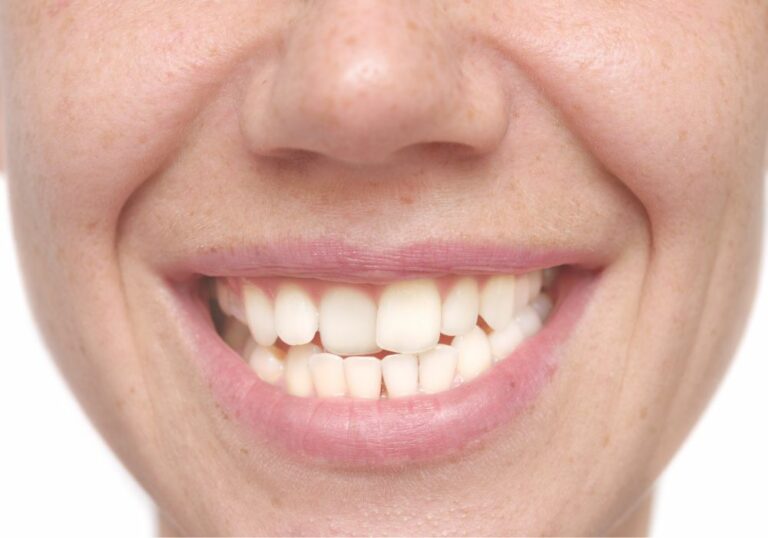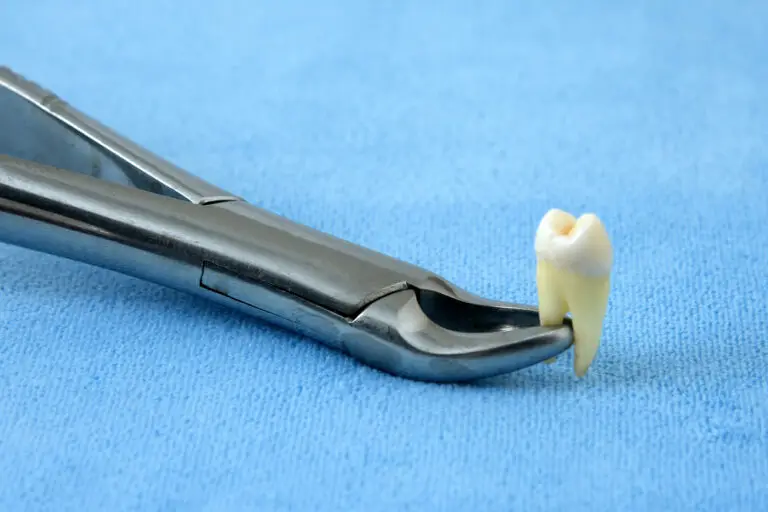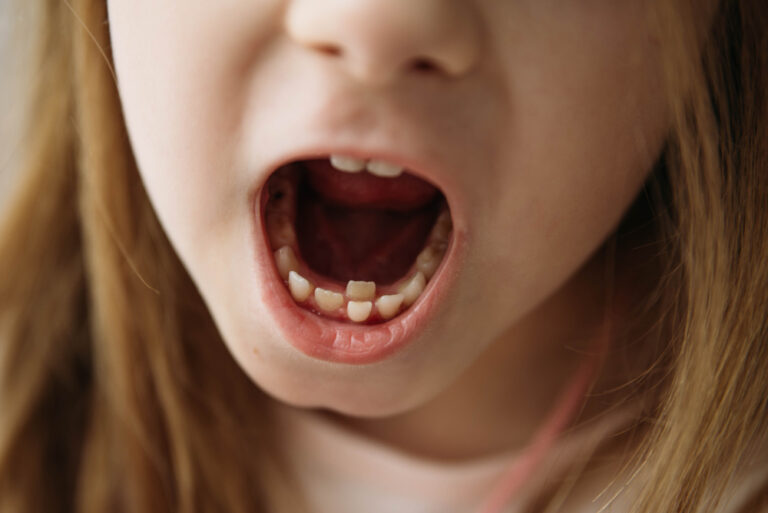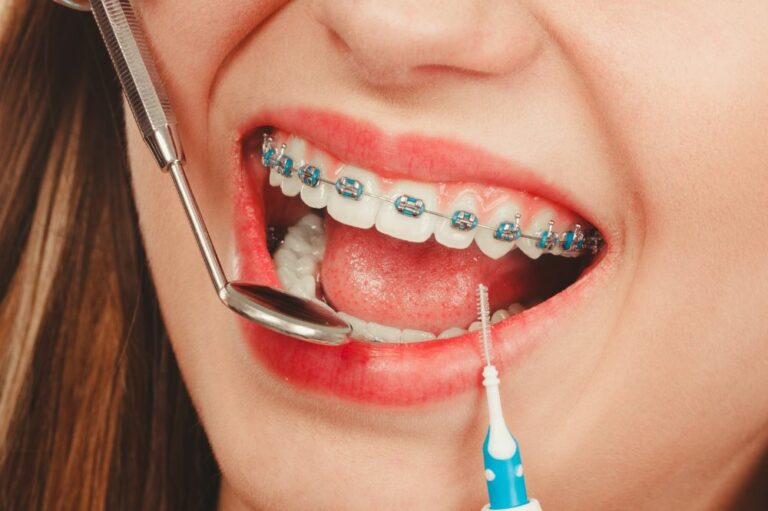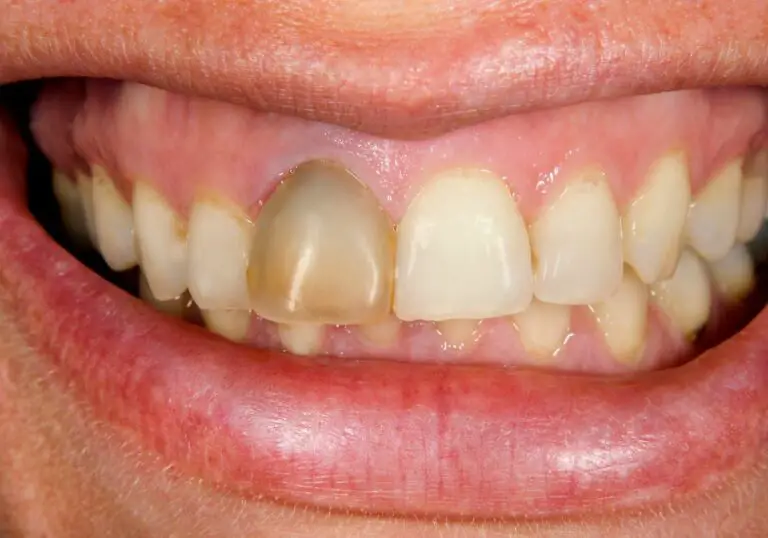If you’ve noticed white lines on your teeth or that of your kids and are looking for ways to get rid of them, this article is for you. Asides from the unpleasant look of white stains on your teeth, these stains have severe implications for your oral health.
To get rid of white lines on teeth near gums, you need to first identify the reason for the cause of these white lines. After this, possible treatment options include teeth whitening or bleaching, Enamel microabrasion, fluoride application, dental veneers, composite resin application, or simply investing in effective homemade remedies.
Here, you will learn the best and most effective ways to rid your teeth of the white lines that surround them, the causes of these white lines, and how you can prevent this issue in the future. Read on to learn more.
Common Causes of White Spots on Teeth
There are several reasons why these white spots are found on the teeth. These reasons range from poor dental hygiene to periodontal diseases. Knowing the cause of these spots plays a major role in helping you eliminate this problem and here are some of these causes.
1. Dental Fluorosis
Dental Fluorosis, a condition common in children, especially those eight and younger is one of the major causes for such a condition. It occurs as a result of excess fluoride exposure on children’s teeth, so while fluoride is necessary for tooth formation, you should pay attention to the level used.
Additionally, you need to know that fluoride toothpaste is not the only source of fluoride. You can have fluoride supplements, fluoride water, and mouthwash with higher levels of fluoride elements, making it necessary that you pay attention to the fluoride level your young ones use.
2. Enamel Hypoplasia
Here is another condition most common in young children. It refers to a condition where there is a deficiency in the quality of the enamel, which is often due to genetics, pregnancy habits, vitamin deficiencies, and prenatal treatments causing grooves on the teeth.
Like dental fluorosis, hypoplasia occurs during the developing years and includes plaque buildup, and while it may not necessarily affect the quality of your adult teeth, it increases the risk of tooth decay in the future.
3. Demineralization
This refers to a situation where white lines on the teeth form due to the accumulation of bacteria and plaque in the teeth over a long period, eventually leading to mineral loss in the teeth.
Naturally, the mouth is an acidic environment which is a great place for these bacteria to form, and once they mix with your saliva, they form dental plaques together with the white lines on your teeth.
In cases like this, if white lines should form around the tooth, it would indicate a clear sign of tooth decay and will require immediate treatment.
4. Dental Medication
Another cause of white lines on teeth near gums could be traced to oral medications that affect the enamel, causing white lines to appear. These medications, especially antibiotics also make it easier for the bacteria in your mouth to eat through your tooth enamel, causing these white lines and sometimes, gray and brown stripes in younger children.
The dental medication also includes the use of braces. For those that use braces, it is hard to say they can clean every corner of their teeth well because food debris will always get stuck in between, leading to teeth staining especially in between the wires and brackets.
You often do not notice this stain until you remove the braces and notice white lines around the lines of your teeth near your gum.
5. Dietary Behavior
Your teeth are made up of calcium, and you must add this mineral to your diet to help you maintain them. Depriving your teeth of this mineral leads to a breakdown of the enamel, leading to white stains.
Another dietary behavior to consider is how you consume acidic meals. Acidic food triggers acid reflux responsible for breaking down tooth enamel and should this happen, you will notice white lines on your teeth.
How to Eliminate White Spot on Teeth?
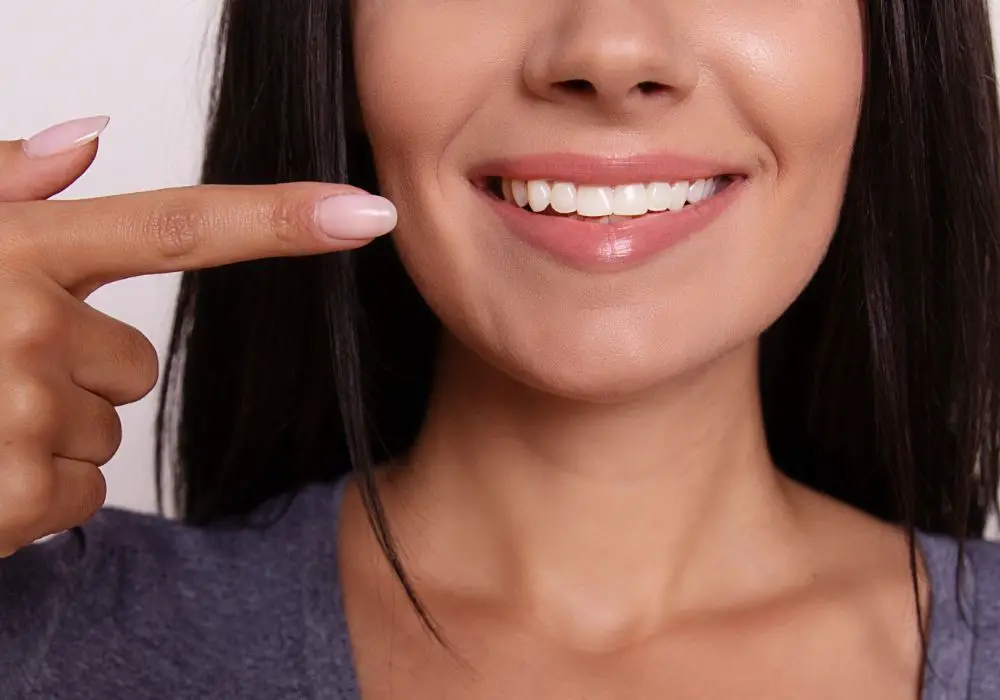
Now that you know why you have these white lines on your teeth, it is time to learn the most effective ways to eliminate these white stains. Alf these treatments must be carried out by a dentist certified by the American Dental Association (ADA) for maximum effect. Learn more below.
1. Enamel Microabrasion
Here is a simple procedure carried out by certified dentists. It involves the removal of a small part of your enamel to help treat the white lines on your teeth, and this procedure helps to limit the appearance of these white lines on your teeth.
However, after an enamel microabrasion procedure, it is best to follow up with a teeth whitening or bleaching process to help achieve a uniform color.
2. Teeth Whitening/Bleaching
Teeth whitening is another effective way to eliminate the white spots on your teeth. For this procedure, you have to undergo a chemical procedure using chemical agents: hydrogen peroxide or carbamide peroxide are the two types of chemicals used for this purpose.
These chemicals break down the visible white lines into smaller stains, making them almost unnoticeable, making your teeth look brighter and healthier. These bleaches work most of the time, but you must know that the cause of the white lines can determine the result.
Additionally, you can purchase a home whitening kit if your budget needs to be higher to see a professional. There are also fluoride toothpaste and over-the-counter whitening strips that can help you achieve the same desired result.
N.B: A professional will always use a stronger bleaching element than the strips and toothpaste offer. So, depending on the cause of your tooth stain and your budget, you may want to consider a dentist for your bleaching treatment.
3. Dental Veneers
This approach is more of a concealing method than a treatment but remains effective in helping you tackle white stains. Veneers are slim protective coverings fixed on your teeth’s surface to help you conceal the white lines on them.
These protective covers can only be acquired from a dentist, making this option expensive. The interesting fact about veneers is that they can be uniquely designed and customized by your dentist to fit your teeth’ color and shape.
This procedure will require more than one or two trips to the dentist, and you should expect that the professional will use specialized tools to ensure that the veneers are well-fitted to your teeth.
4. Composite Resin
Here is a white line removal technique that involves the removal of the outer enamel and applying composite resin (a mix of teeth-bleaching agents) to fill up cavities while bonding the enamel to leave a clean, smooth surface.
This treatment is best for those with little white spots on their teeth and would require multiple visits to the dentist before the final result.
5. Home Remedies
If you are looking at home remedies for teeth bleaching, there are some natural teeth-whitening elements available for you to consider. The most effective ones include charcoal, coconut oil pulling, or homemade whitening pastes.
Some ingredients you can use to create a homemade whitening paste include;
- Salt and lemon juice
- Sugar and baking soda paste
- Salt and grapefruit juice
- Strawberries
- Onions
- Baking soda and coconut oil
6. Proper Diet
Many times, the reason you have these white stains on your teeth is because of your dietary behavior. Some meals can mix with the bacteria in your mouth and cause a reaction in your teeth by staining them.
In cases like this, all you have to do is check your diet and make sure you are not always eating meals that activate the bacteria in your mouth and even if you do, we encourage brushing regularly to help you eliminate the bacteria as soon as possible.
How to Prevent White Lines on Teeth?
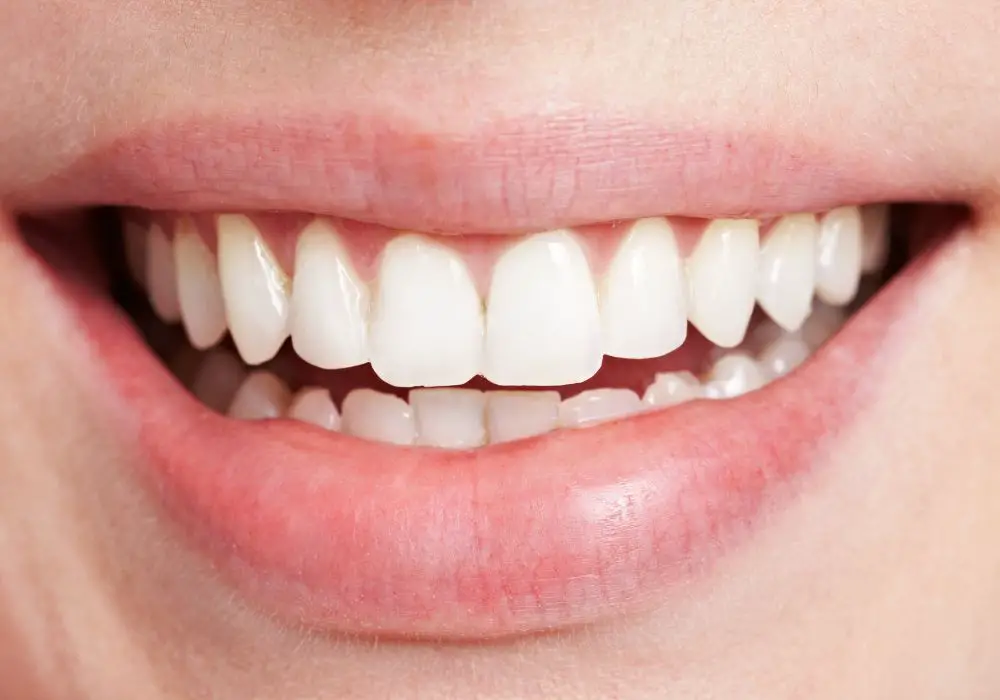
It is completely possible to prevent these white stains on your teeth. All it takes is ensuring you have good dental hygiene and are up to date with your daily oral routine. Below are some tips to help you prevent these white lines.
1. Invest in Fluoride-free Water
Part of the reason you have these white lines on your teeth is the fluoride levels in your water and other supplements. The trick here is to limit this by ensuring you do not use too much fluoride content for oral health.
You should consider this preventive method, especially for babies taking formula, to avoid the accumulation of fluoride that can cause stains on their teeth.
2. Test Your Wells
For those with homes with water from a private well, it is advisable that you test the fluoride level in your well every year. This is particularly important for those with younger children because the natural fluoride levels vary in different places.
3. Use the Right Amount of Toothpaste
You must use a small amount of toothpaste while brushing, especially for younger children. This is to help you contain the fluoride exposure of your children and you must ensure that you supervise them while brushing to confirm that they spit the paste out.
The right amount for children under three years should not exceed a pea-sized amount of toothpaste to help limit fluoride exposure.
4. Limit Sugary and Acidic Meals
Meals with high sugar and acidic levels harm your tooth enamel, increasing the risk of tooth decay. Meals like candy, sports drinks, and other sugary meals are all culprits in this regard.
It is best to avoid meals like this or after eating, consider taking a lot of water or in extreme cases, brushing to wash off the meal.
5. Visit the Dentist
It is wise to have a regularly scheduled appointment with a dentist so you can detect this problem immediately and start treatment. If issues like white stains on your teeth come up, you can detect this problem immediately and start treatment. This helps to limit the potential damage to your teeth.
Final Thoughts
While these white spots are easy to eliminate, it is best to take preventive measures instead because some of these methods are either expensive or not easily accessible, especially if there is no dentist near you. Here are some ways to help you prevent these stains.
- Brushing at least twice daily
- Avoiding sugary/acidic meals
- Monitoring your fluoride level, especially in younger children

